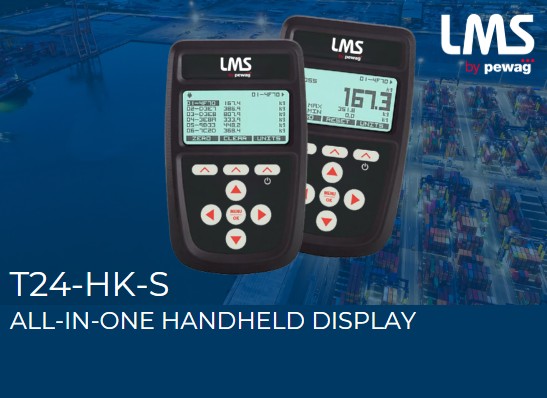FEM Publishes Guide on Energy Consumption of Intralogistic Systems
After three years of intensive work, the European Materials Handling Federation’s (FEM) Intralogistic Systems Product Group has published a technical guidance document on how to calculate, measure and evaluate the energy consumption of intralogistic systems and most of their material handling components.
Energy represents the biggest cost of intralogistic systems in the use phase. Consequently, it is a major competitive element in the intralogistics industry and a key priority for its customers. When designing new intralogistic systems, manufacturers and integrators strive for minimal use of energy. Energy efficiency is improved in different ways, from technological innovation to the maximisation of equipment use.
Until now, there was no tool to benchmark energy efficiency claims from intralogistic systems manufacturers. The FEM Guidance finally fills the gap.
This technical guidance is a methodical approach to quantifying the energy consumption of intralogistic systems during the use phase. It addresses complete intralogistic systems, and also most of their material handling components, such as conveyors, sorting systems, shuttle cranes and stacker cranes.

Energy represents the biggest cost of intralogistic systems in the use phase.
The methodologies allow manufacturers and customers to calculate in advance the energy consumption of intralogistic modules and components, measure their energy consumption and, finally, evaluate the consumption of a system model and actual installed systems.
These methodologies are applicable to a wide variety of intralogistic systems, ranging from automated storage in warehouses to airport baggage handling and parcel sorting systems. This technical guidance has been designed for planners, manufacturers and purchasers of intralogistic systems.
“This technical guidance document will help manufacturers to better advise their customers and improve the energy efficiency of their equipment” said FEM Intralogistic Systems PG President Jan van der Velden. “In addition, such a common measurement method will make it possible to benchmark the energy consumption of various intralogistic systems and to compare them on the same basis, thus ensuring fair and transparent competition”.







